
Sociology studying in Korea, Feminist. Conscience adherents
Matrilineal society is the origin of federalism? Matriarchy, Matriarchy, Matrilineal Society (III Gender-5 in Anthropology) PicaPica Gender and Society (23)
Although,
There is little evidence of matriarchal societies in human history, but the existence of matriarchal societies is easily confirmed.
Today we will sort out the specific differences and similarities of matriarchy, matriarchal clan, and mother god worship in one breath.
The mother-child relationship is the first social relationship to explicitly affirm biological connectivity, and matriarchy can be said to be the principle by which society is organized on this basis. Anthropologist George Peter Murdock speculated in his book "Social Structure" published in 1954 that the proportion of matriarchy in the entire human society is about 30% .

matrilineal society ≠ matriarchal society
In cultural anthropology, according to which lineage group among mothers and fathers newborn children belong to in a particular society, it is divided into (matrilineal system) Matrilineality and patrilineal society.
(It is important to note that a matriarchal system is not the same as a matrilineal society.
A matriarchal society is a society in which women occupy dominant positions in both the family and public power. Of course we said in the last issue of PicaPica Gender and Society that 9,000 years of matriarchy buried deep in the earth is currently a fantasy.
The matrilineal society refers to the strict inheritance of offspring to the mother's family, as opposed to the patrilineal system. We will continue to summarize at the end of the article. )
Of course, there are also bilateral societies that do not have an exclusive sense of belonging to any party and do not form a blood group, just like Southeast Asia or modern society.
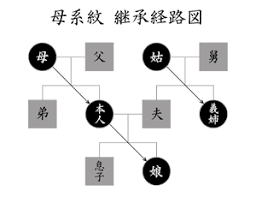
The principle of matrilineal or patrilineal is: through customs and systems such as naming methods or obligations of ancestor worship rituals, regulations on residence after marriage, land and property inheritance rights, etc., they have specific ethics and values and exercise actual binding force.
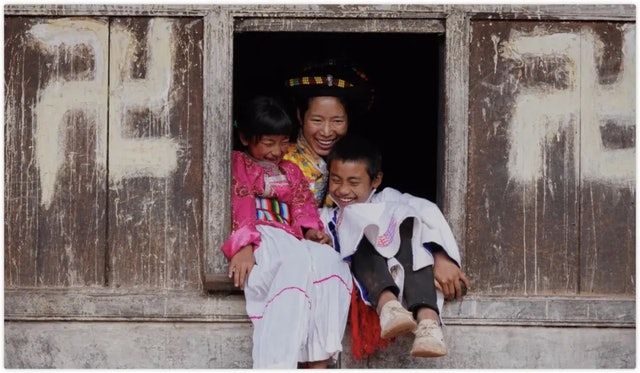
In most matrilineal societies, daughters do not leave their mothers after marriage, but inherit the land instead of sons, and while presiding over ancestral rituals, continue through the mother's lineage group. In a patrilineal society, women of other bloodlines can unite with their husband’s lineage group through marriage and childbirth, but in a matrilineal society, men in charge of war and diplomacy change their sense of belonging, and it is difficult to show loyalty to their wives’ lineage group after marriage. Therefore, in matriarchal societies, divorce is easier and more frequent, and the brother-sister bond before marriage is stronger than the bond between husband and wife through marriage. It is also difficult to understand that a matriarchal society that cannot incorporate men from other groups through marriage will develop into a centralized political organization like a country.
A matrilineal society does not mean a matriarchal society.
Trobriander

Of course, in real life, the lifestyles of matriarchal societies are very diverse. Although Trobriand , investigated by Bronislaw Malinowski, is a matrilineal society, after marriage, the wife moves to the place where her husband lives. On the contrary, if a son is born, he is sent to his uncle's place of residence and inherits the political status held by the male in the matrilineal blood group. So in Trobriander, although it is a matriarchal society, the chief may have polygamy with multiple wives. If there are more wives, there will be more brothers-in-law who give themselves yam (bulb plant, which tastes like yam), which is similar to yam. Unlike ordinary people, the number of human resources that can be mobilized as a chief will also increase, thereby improving prestige.

Iroquois
In addition, at the end of the 19th century, the Iroquois in the northeastern part of the North American continent was a rare matrilineal society. While maintaining a strong political system of tribal alliances for a long time, women's actual authority was also very strong.
Originally, the Iroquois Confederation, often referred to as the "Confederacy of Five Nations," consisted of five major tribes: the Mohawk, Oneida, Onondaga, Seneca, and Cayuga. In 1772, the Tuscarans joined, and the alliance became the "Confederacy of the Six Nations."
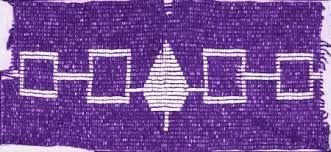
The various matrilineal groups in Iroquois society lived in huge longhouses, and later Iroquois longhouses could house hundreds of people. Women inherit the tribal lineage and are responsible for the cultivation of maize , and they also have the right to distribute the harvest . Although the political leaders representing the tribes at the federation meeting were men, their status continued along the matrilineal lineage, and in the lineage group, they performed their duties by receiving status-symbolizing belts from the matrilineal patriarchs of older women .

Sometimes older female relatives wield actual power. While men are in charge of diplomacy and war, women who are in charge of subsistence can oppose unwanted wars by not distributing food or important items like (moccasins, moccasins).
Because the Iroquois has a tribal alliance meeting system composed of male representatives, it cannot be called a matriarchal society . However, as a matrilineal society, the Iroquois institutionalized the authority of matriarchs and women's influence , and fully possessed informal political capacity.
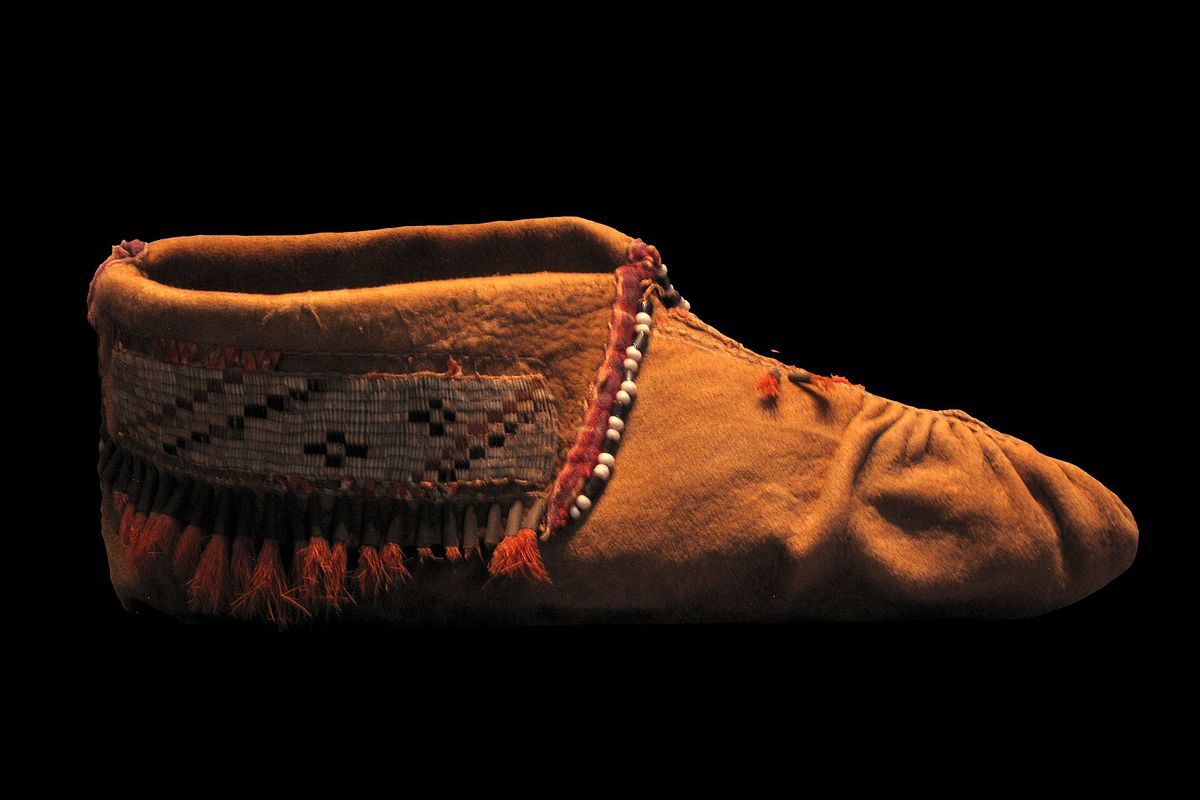
Iroquois and the United States
The Iroquois Confederation of Tribes was very powerful, and this was acknowledged to have had a huge impact on the federal state model of the United States.
The "Iroquois Confederacy" was established before the arrival of Europeans. Many archaeologists and anthropologists believe that the alliance was formed between 1450 and 1600, and some say earlier. According to tradition, the Iroquois Confederacy was formed through the joint efforts of the "Great Peacemakers," two Iroquois, the Decanavidas and Hiawatha. They brought the "Great Law of Peace" to the Iroquois states that had been in constant war, contradiction and conflict for a long time. Mohawk, Oneida, Onondaga, Cayuga and Sene Cards united as the Iroquois Confederacy. After their truce, the political power of the various Iroquois tribes quickly became one of the most powerful in northeastern North America during the 17th and 18th centuries.
Twentieth-century historians believe that the Iroquois system of government influenced the nascent Charter of the Union, or the United States Constitution , and the extent to which the Iroquois influenced the drafting of documents in the United States is still debated.
In 1987, Cornell University held a seminar on "The Relationship between the Iroquois Government and the United States Constitution." In 1988, the U.S. Congress passed a resolution affirming the Iroquois Confederacy's influence on the U.S. Charter and the Bill of Rights .
The United States issued the Sacajawea $1 commemorative coin in honor of American Indians. In 2010, the "Iroquois Confederacy" was used as the theme. On the reverse of the coin, there was an image of an Iroquois shell beaded with five stone arrowheads, and the lower ring read "The Great Law of Peace".
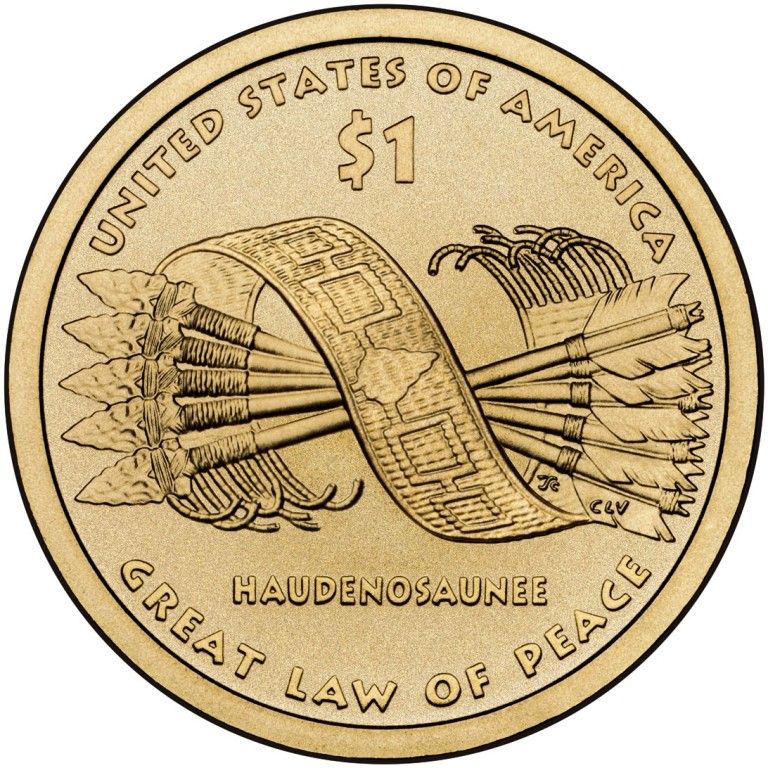
According to different scholars, the strong influence of the Iroquois matriarchal system on society can be regarded as an exceptional phenomenon that successfully resisted the invasion and penetration of Western culture and white culture, and still maintained the advanced nature of its own system.
The Iroquois created a highly egalitarian society. A British colonial administrator declared in 1749 that the Iroquois had "so absolute a conception of liberty that they do not allow any sense of superiority in any one man over another.

But in fact, all historical moments are always in constant change. The current six-nation alliance is more about cultural than political autonomy. But in any case , the matrilineal society of the Iroquois is a rare and precious human experience, which not only retained the power of matrilineal patriarchs, but also developed into a powerful political organization of tribal alliances. It is worthy of our in-depth research and study.
In 2010, more than 45,000 registered six-nation nationals lived in Canada and more than 81,000 lived in the United States.
Summarize
Matriarchy (kinship), Matriarchy (society), Mother Goddess (worship)
Matrilineal (relative) matrilineal descent:
It is one of the ways to understand the membership of kinship groups formed through birth and marriage, and is the principle of collective organization that children inherit the membership of the mother. Matriarchy is the tracing of kinship through female lineage. It may also relate to social institutions in which each individual is identified by his matrilineal lineage, the mother's lineage , and may involve inheritance of property and/or titles . The matrilineal line is the continuation of blood from female ancestors to descendants (of any gender), that is, the mother·line.
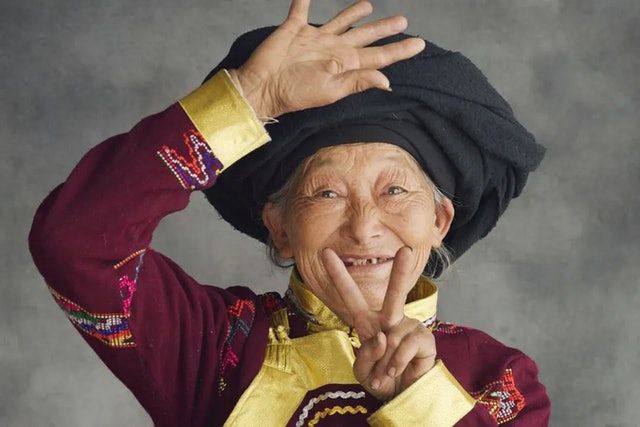
Mosuo families tend to trace their lineage through the female side of the family. Sometimes they may not know who the child's father is, unlike in many other societies where the child belongs to and resides in the mother's family without the stigma attached to it. Mosuo people are raised by the elders of the entire matrilineal family after birth. There are only differences in titles for biological mothers and aunts, and there is no distinction between closeness and closeness. They are often referred to as "Ami".
Matriarchy, matriarchy:
Matriarchy is a social system in which women hold major positions of power in authoritative roles. In a broader sense, it can also extend to morality, social privilege, and property control . A possible authority in a matriarchal society, in which older women hold the greatest social power in the kinship group. Matriarchy should be based on the principle of matrilineal kinship, but a matrilineal society is not a matriarchal society. As the article in this issue puts it, matriarchy is "a form of social organization in which the mother or the oldest woman is the head of the family, Bloodlines and relations are counted by female blood; government or rule is by female or female.

This definition corresponds to the creation of patriarchy, and there is no archaeological discovery to prove that women are the core of society and have a structured society like patriarchy.
For example, the Mosuo people in China are a highly matrilineal clan, but they still cannot be counted as a matriarchal society.
mother goddess, mother goddess:
Also, as mentioned in the fourth article of PicaPica Gender and Social Anthropology, there is a definite existence of mother goddess worship, but this does not prove the existence of matriarchy. Mother Goddess is the object of worship for the deification of female fertility and nurturing ability, and it has appeared in many human societies regardless of era and region. However, the presence of a mother god worship does not imply a matriarchal or matriarchal society. As religious symbols and figures, the Mother Goddess is a real-world fighter who reflects gender hierarchies in many ways.
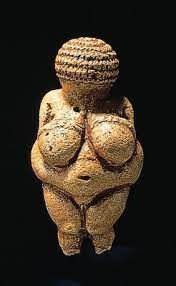
For example, the Venus of Willendorf, based on radiocarbon dating of surrounding layers, estimates that the statue itself was left underground some 25,000 years ago. It depicts nude women with exaggerated sexual features representing precocious fertility gods, perhaps mother goddesses. The title of Venus is a metaphor for the meaning of modern Venus, because the statuette is much earlier than the modern human civilization that appeared Venus, many scholars refuse to use this term , but call the statuette "Woman from Willendorf" Husband's Feminine Portrait". We can also use this statue and related research to confirm that there was a mother goddess worship 25,000 years ago, and the Katahuyuk site in 7500 BC can confirm the existence of a mother goddess, but it is difficult to define whether there is a matriarchy.
I hope that through PicaPica's series of articles on society and gender, you can increase your understanding of the relationship between matriarchy, matriarchy, and mother god.
In the next article, I will continue to look for the context of human society development from history. Hope to pay more attention to express opinions. thanks
Hi, I'm PicaPica.
Sociology studying in Korea, Feminists, Conscience adherents.
The purpose of the creation is to share what you know, to raise social awareness and understanding of gender and human rights issues, and to reduce mutual misunderstanding and distance. We who look forward to broader solidarity and mutual assistance in the future.
If you want to chat or support me, my home page: https://bio.link/picapica
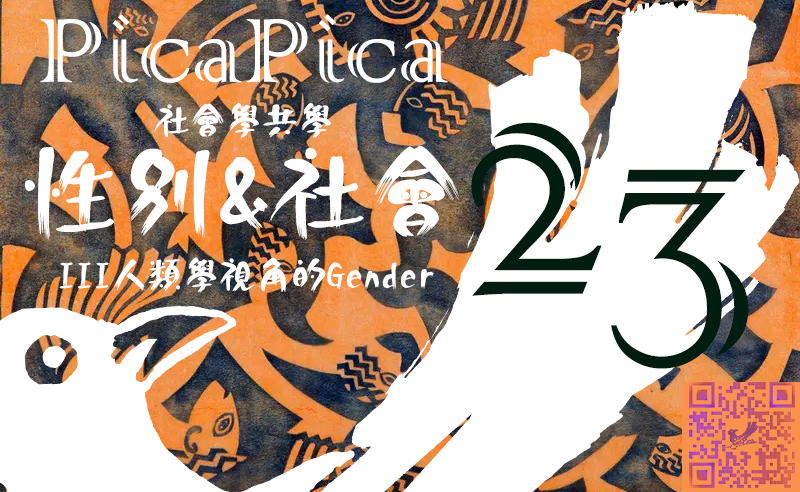
PicaPica Gender and Society
-Content-
Chapter 1 - Feminist History
Part One - Enlightenment Thought
Part Two - Liberalism
Part Three - Suffrage and New Women
Part Four - Socialist Women's Rights to the End of World War II
Chapter 5 - Radical! uncompromising sisterly love
Book Six - Forged into a weapon, breaking the prison. theorist of women's emancipation
Part Seven - Sexual Liberation and Female Liberation Around the Body
Chapter 2 Gender
Gender meaning
Part 1- Understanding the meaning of Gender 1- Clear distinctions are the biggest misunderstanding of the world
Part 2 - Gender's Practical Meaning 2 - Broken Her Wings, Lamented She Can't Fly
Gender gender inequality
Part Three - Gender and an Inequality World - Beyond Black and White, There Are True Colors
Part Four - Gender and the Inequality Structure of Society - Half the Sky is Never Sunny
Gender Epistemology
Part Five - Gender Analysis
Part Six - Gender Epistemology (Unknown Women and Fluid Men)
PART VII - CULTURE AND MEANING (From children's toys to pornography, gender representation in cultural contexts)
Gende's approval
Part VIII - Expansion of Identity and Intersectionality Theory (Multiple Identity, Rethinking of Unity)
Part Nine - Challenging Heterocentrism and Queer Theory (Heterosexuals, this is so unQooooo!)
Gender and action
Article 10 - Sarah Ahmed and Feminist Killjoys (Killing joy is happiness.)
Part 11 - The Practice of Gender Movement (Self-improvement? Unity? How can we move forward together?)
Chapter 3 Gender in Anthropology
Part 1 - Cultural Anthropology and Gender (Gender is used to distinguish what?)
Part Two - Various imaginations about human creation (Can a man and a woman create children?)
Chapter 3 - Evolutionary human division of labor (Is hunting not a source of food for humans? Is civilization created by women?)
Part 4 - Mother Goddess, Matriarchy, Matrilineal Society (9000 Years of Matriarchal Fantasy Buried Deep in the Earth?)
Part Five - Mother Goddess, Matriarchy, Matrilineal Society (Is Matrilineal Society the Origin of Federalism?)
Like my work?
Don't forget to support or like, so I know you are with me..
Comment…